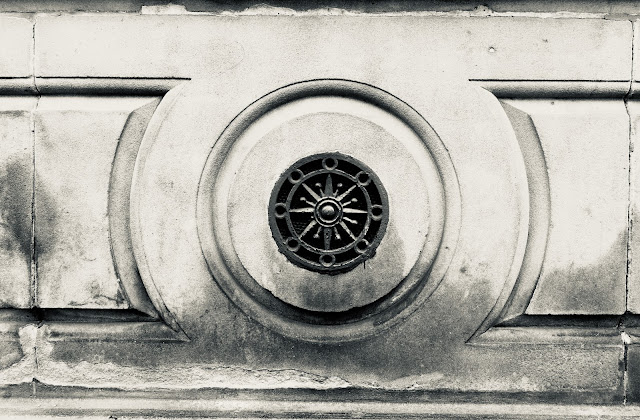what the (male) critics said in 1865...
'Mrs. Cameron exhibits her series of out-of-focus portraits of celebrities. We must give this lady credit for daring originality, but at the expense of all other photographic qualities.
A true artist would employ all the resources at his disposal, in whatever branch of art he might practise. In these pictures, all that is good in photography has been neglected and the shortcomings of the art are prominently exhibited.
We are sorry to have to speak thus severely on the works of a lady, but we feel compelled to do so in the interest of the art.'
from Malcolm Daniel's treatise - The Met's Heilbrunn Timeline of Art History
'What in the name of all the nitrate of silver that ever turned white into black have these pictures in common with good photography? Smudged, torn, dirty, undefined, and in some cases almost unreadable, there is hardly one of them that ought not to have been washed off the plate as soon as it appeared.
We cannot but think that this lady's highly imaginative and artistic efforts might be supplemented by the judicious employment of a small boy with a wash leather, and a lens screwed a trifle less out of accurate definition.'
from 'The Photographic News'
what the (male) critic said in 2024...
Writing in the Sunday Times on the Julia Margaret Cameron - Francesca Woodman paired exhibition at the National Portrait Gallery, critic Waldemar Januszczack said this...
'Cameron was one of the most important contributors to the early days of photography. Coming late to the art - she was 49 when her daughter gave her a camera as a gift - she brought experience, confidence and an enviable address book to the task.
Her portraits of eminent Victorians still adorn our school textbooks. Her softly focused visions of angelic children and dreamy Guineveres introduced a new set of feminine values into photography. She was an inventor, a shapeshifter, a pioneer.'
Regrettably, he also went on to say this about the young female photographer Francesca Woodman...
'Woodman (1958-81) was none of these things. Born in Denver, Colorado, to parents who were artists she was nervy, narcissistic and neurotic, and what little time she gave herself in her short career was spent acting out floaty photographic situations that usually involved taking off her clothes.
plus sa çhange ...
As a man I am both disgusted and ashamed. Francesca Woodman was a brilliant photographer, as was Julia Cameron.
They both deserved better than this.
my photographs


















































